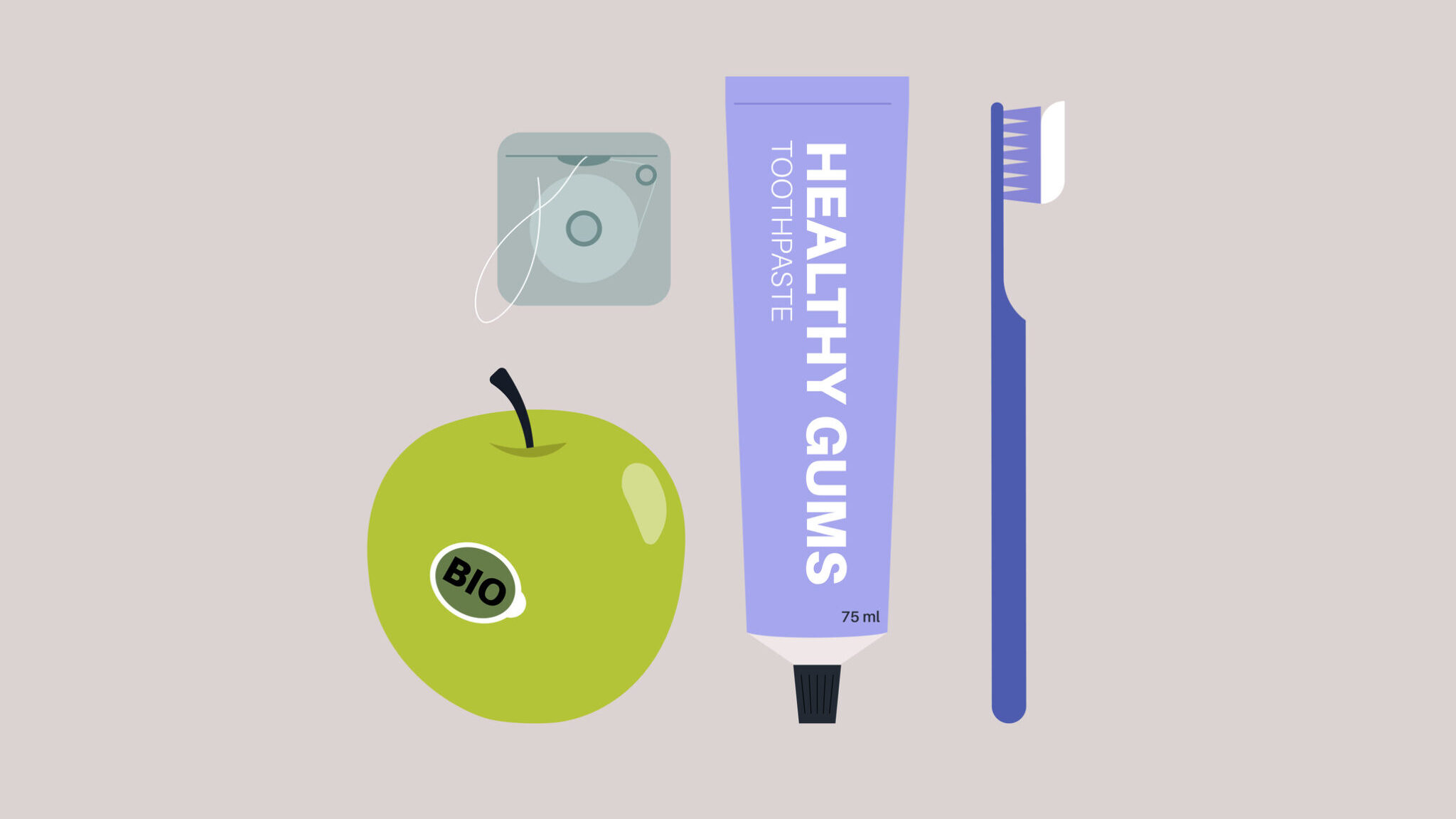 The use of email is a great way to communicate with your patients and more software companies are jumping on the bandwagon to make the process of email communication more convenient and effective.
The use of email is a great way to communicate with your patients and more software companies are jumping on the bandwagon to make the process of email communication more convenient and effective.
Ever since e-mail was introduced, it has become a regular means of communication. It is typically more conversational than traditional paper-based media and is a less formal method of communication. While e-mail might be viewed as an informal means of communication, your e-composition skills are still quite reflective of your knowledge and abilities.
Here are twelve points that will help improve email etiquette:
1. Clarity is the Key
Email also does not convey emotions nearly as well as face-to-face or even telephone conversations. It lacks vocal inflection, gestures, and a shared environment. Your correspondent may have difficulty telling if you are serious or kidding, happy or sad, frustrated or euphoric. In any written communications, it is absolutely essential to make everything completely clear and unambiguous because your audience may not have a chance to ask for clarification.
2. Avoid typos and improper grammar
Although typos might be overlooked in casual writing, they should be avoided in business writing, as well as if you are consistently not capitalizing words that should be capitalized, using unconventional punctuation for emphasis. Your e-mail message reflects you and your office, so traditional spelling, grammar, and punctuation rules apply.
3. Use a descriptive subject line
Use a relatively descriptive subject line. Use words that will describe the general purpose of your e-mail. RE: Your Dental Appointment Use the subject field to indicate content and purpose. Don’t just say, “Hi!” or “From Laura.” Agree on acronyms to use that quickly identify actions. For example, your team could use “AR” to mean “Action Required” or “MSR” for the Monthly Status Report. It’s also a good practice to include the word “Long” in the subject field, if necessary, so that the recipient knows that the message will take time to read.
4. Don’t Keep Your Patient Waiting
• Try to get back to people who write to you as soon as possible, within a couple of days. Your reader, who could be a potential new patient, will conclude that you do not care enough about their business to respond to them in a timely manner
5. No Yelling
One of the biggest mistakes people make is to type with their caps lock on. All caps might look cool to you, but experienced users will write you off and not take you seriously. It’s okay to use all-caps for headings and/or titles in your messages, or even to EMPHASIZE certain words, but anything beyond that is equivalent to screaming at someone. Do you like being YELLED at?
6. Get to the Point
If you can say it in three words, please . . . say it in three words. When reading e-mail most people “skim” through and choose the important information. If a user sees a message that contains several paragraphs, he/she will be less likely to read everything in it. Keep that in mind when you’re trying to determine how much content you want to include in an e-mailing. Just because your writing is grammatically correct does not mean that it has to be long. Nothing is more frustrating than wading through an e-mail message that is twice as long as necessary. Concentrate on one subject per message whenever possible
7. Do not use Sarcasam
Sarcasm is particularly dangerous to use in email. Remember that your tone can’t be heard in e-mail. E-mail communication can’t convey the nuances of verbal communication. In an attempt to infer tone of voice, some people use emoticons, but use them sparingly so that you don’t appear unprofessional. Also, don’t assume that using a smiley will diffuse a difficult message.
8. Use caution when addressing and copying e-mail.
The addresses in the “To” are for the people you are directly addressing. The addresses in the “cc” are for the people you are indirectly addressing, for FYI purposes. Be careful to copy only those who need to be copied, not all of your contacts. The addresses in “bcc” are for blind complimentary copy, in other words, the recipients in “to” and “cc” do not know that the recipient in “bcc” is included in the conversation. The use of “bcc”’s is somewhat unethical and therefore discouraged.
9. Politically Correct E-mail
Don’t forward forwarded messages on to your friends and co-workers. They may not appreciate your humor and some messages may contain dangerous viruses that could be passed along and then traced back to your computer. E-mail can be fun, but don’t take it to the extreme or abuse the privilege of using this form of communication.
10. Don’t use e-mail as an excuse to avoid personal contact.
When you’re upset with someone, the last thing you should do is write him/her an e-mail message, especially if it is in a business context. This could put your practice at risk of litigation and it could put you at personal risk. Don’t forget the value of face-to-face or even voice-to-voice communication. E-mail communication isn’t appropriate when sending confusing or emotional messages. Think of the times you’ve heard someone in the office indignantly say, “Well, I sent you e-mail.” If you have a problem with someone, speak with that person directly.
11. Don’t send chain letters, virus warnings, or junk mail
Always check a reputable antivirus Web site or your IT department before sending out an alarm. If a constant stream of jokes from a friend annoys you, be honest and ask to be removed from the list.Direct personal e-mail to your home e-mail account.
12. Remember that e-mail isn’t private
E-mail is considered company property and can be retrieved, examined, and used in a court of law. Unless you are using an encryption device (hardware or software), you should assume that e-mail over the Internet is not secure. Remember that e-mail can be forwarded, so unintended audiences may see what you’ve written. You might also inadvertently send something to the wrong party, so always keep the content professional to avoid embarrassment
Remember that dentistry is a business of relationships and your communications must be consistent and effective regardless of the media. Establish email protocols at your office and train everyone on the appropriate use of email messages. Your correspondence says a lot about you, you must be aware of and practice appropriate email etiquette or netiquette.












